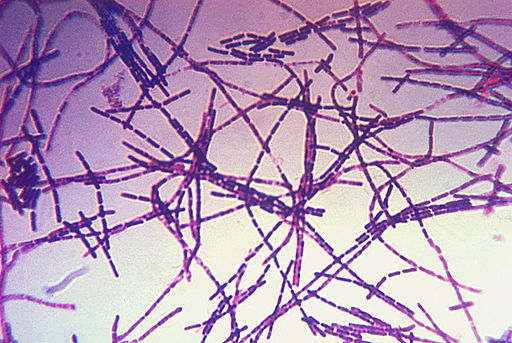Researchers from the Harvard Medical School have recently shown a potential medical breakthrough with an animal pain study. They have discovered how the bacteria Bacillus Anthracis can silence the feeling of pain in a mouse experiment while not destroying the nerve cell to do it.
Anthrax has been viewed as a deadly bacteria ever since its discovery, causing skin lesions, fatal lung infections, and many other problems in both humans and animals. Anthrax secretes a couple of toxins after it infects the animal and these toxins can be deadly. The specific anthrax toxin used in the pain experiment has the ability to alter the signaling between pain-sensing neurons and relieve pain in the mice. As they continued their research they combined the anthrax toxin with other molecular cargo and discovered that this treatment can be used to create pinpoint precision pain treatments. Opiods are used now to treat pain in patients but they can be very dangerous and addictive. The toxin would act on pain receptors to possibly be a more effective and more safe painkiller than opioids. ““There’s still a great clinical need for developing non-opioid pain therapies that are not addictive but that are effective in silencing pain,” said study first author Nicole Yang, HMS research fellow in immunology in the Chiu Lab. “Our experiments show that one strategy, at least experimentally, could be to specifically target pain neurons using this bacterial toxin””(Science Daily). This wouldn’t be the first time a toxin has been used to treat pain since Botox is used today to treat some pain and is approved by the FDA to treat migraines.
This all started in a lab, with researchers trying to figure out how many pain-sensing neurons there were compared to other neurons in the body. They discovered that pain neurons had anthrax receptors, just like the receptors that we worked on in class. The anthrax receptor uses endocytosis to bring the anthrax toxin into the cell. Research led to the dorsal root ganglia, a link of neurocensors in the spine. They relay pain signals to the spinal cord that then combine with two proteins that are created by anthrax itself. Experiments revealed that this occurs when one of the bacterial proteins, protective antigen (PA), binds to the nerve cell receptors and forms a pore that serves as a gateway for two bacterial proteins, edema factor (EF) and lethal factor (LF), to be brought into the nerve cell. The research further demonstrated PA and EF together, known together as edema toxin, alter the signaling inside nerve cells in an attempt to silence pain.
When the toxin was injected into the spine of mice, it produced incredible pain-blocking effects. It prevented the animals from feeling high temperature and mechanical stimulations. Throughout all this, the animals heart rate, body temperature, and full motor control was not affected, indicating that the use of the anthrax toxins may be safe to use in humans in clinical studies. This lab breakthrough shows how much we still have to discover about a bacteria that has been on the earth for thousands of years. Although many bacteria and viruses haunt us now, as we progress and have more discoveries like this, who knows what the world will look like when I’m 50!



Leave a Reply